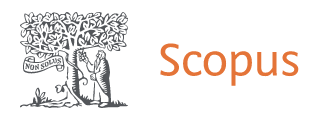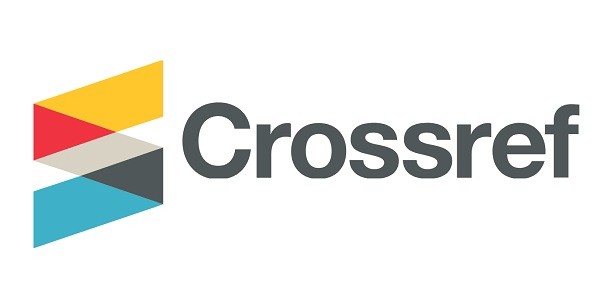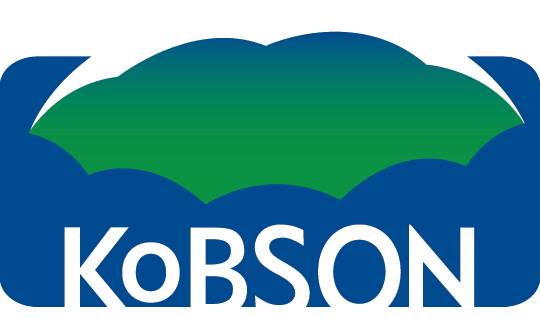DOI: 10.5937/jaes14-11740
This is an open access article distributed under the CC BY-NC-ND 4.0 terms and conditions.

Volume 14 article 397 pages: 425 - 432
In this paper, an extended multi-regression model for determining strength relation among dimensions of sustainable development and quality of life in section of communal services in urban areas is developed. The relative importance of dimensions of sustainable development is stated by pairwise comparison matrix. The values of dimensions of sustainable development and quality of life are assessed by decision makers. Judgments of decision makers are mapped into common measurement scale. The weighted values of sustainable development dimensions are calculated as product of their weights and assessed values. The assessed values of quality life are depended variable in the proposed linear multi-regression model. By using standard statistical software, partial correlation coefficients are given. The proposed linear multi-regression model is illustrated by example with real life data.
Аrsovski, S., Milicevic, R.
(2010) Management of business continuity and quality of life. Kragujevac: Center
for Quality, Faculty of Engineering, University of Kragujevac.
Choucri, N. (2007) Mapping
Sustainability: Knowledge e-Networking and the value chain. New York City, USA:
Springer.
Christoph, B., Noll, H.H. (2003)
Subjective Well- Being in the European Union During the 90s. Social Indicators
Resrarch Series, 18, 197-222.
Cummins, R.A. (2000) Objective
and subjective auality of life: An interactive model. Social Indicators
Resrarch Series, 52(1), 55-72.
Diener, E., Suh, E. (1997)
Measuring quality of life: Economic, social, and subjective indicators. Social
Indicators Resrarch Series, 40(1-2), 189-216.
Garvare, R., Johanson, P. (2010)
Management for Sustanaibility-A stakeholder Theory. Total Quality Management
& Busoness Exellence, 21(7-8), 737-744.
Goranczewski, B., Puciato, D.
(2010) TQM and quality of life. Quality Problems, 6, 4-9.
Haas, B.K. (1999) Clarification
and integration of similar quality of life concepts. Image: The Journal of
Nursing Scholarship, 31(3), 215-220.
Hagerty, M. R., Cummins, R. A.,
Ferriss, A. L., Land, K., Michalos, A. C., Peterson, M., Sharpe, A., Sirgy,
M.J. Vogel, J. (2001) Quality of Life Indexes for National Policy: Review and
Agenda for Research. Social Indicators Resrarch Series, 55(1), 1-96.
http://www.un-documents.net/wced-ocf.htm
(1987) World Commission on Environmental and Sustainability.
Janse, A.J., Gemke, R.J.,
Uiterwaal, C.S., Tweel, I., Kimpen, JL., Sinnema, G. (2004) Quality of Life:
Patients and Dont Always Agree: a Meta-Analysis. Journal of Clinical Epidemiology,
57(7), 653-714.
Mason, R., Lind, D., Marchal, W.
(1999) Statistical techniques in business and economics. Boston, Mass.:
Irwin/McGraw Hill.
Mc Manus, S.T. (2008)
Organizational Resilience in New Zealand, PhD Thesis. Canterbury: University of
Canterbury.
Milivojevic, J., Stojanović, S.
Kokić-Arsić, A. (2016) Quality of life between centuries. First International
conference on Quality of Life (S.
Arsovski, D. Tadić, M.
Stefanović, Eds.), 347-352. Center for Quality, Faculty of Engineering,
University of Kragujevac.
Nowicki, P., (2016) Selected
standardized management systems vs quality of life. First International
conference on Quality of Life (S. Arsovski, D. Tadić, M. Stefanović, Eds.),
367- 374. Center for Quality, Faculty of Engineering, University of Kragujevac.
Saaty, T.L., (1990) How to Make a
Decision: The Analytic Hierarchy Process. European Journal Operational
Research, 48, 9-26.
Vos, R. (2008) Defining
sustainability: a conceptual orientation. Jurnal of Chemical Technology and
Biotechnology, 8, 334-339.







